After you cut off the leaves to make a salad, plant the living root into a small pot with some potting mix and give it a wee bit of fertilizer or work some worm castings into the mix before planting. In 3-4 weeks, the leaves might be big enough for a small harvest. This is a fun activity to try with children!
For more information on how these living lettuces are produced, take a peek here.
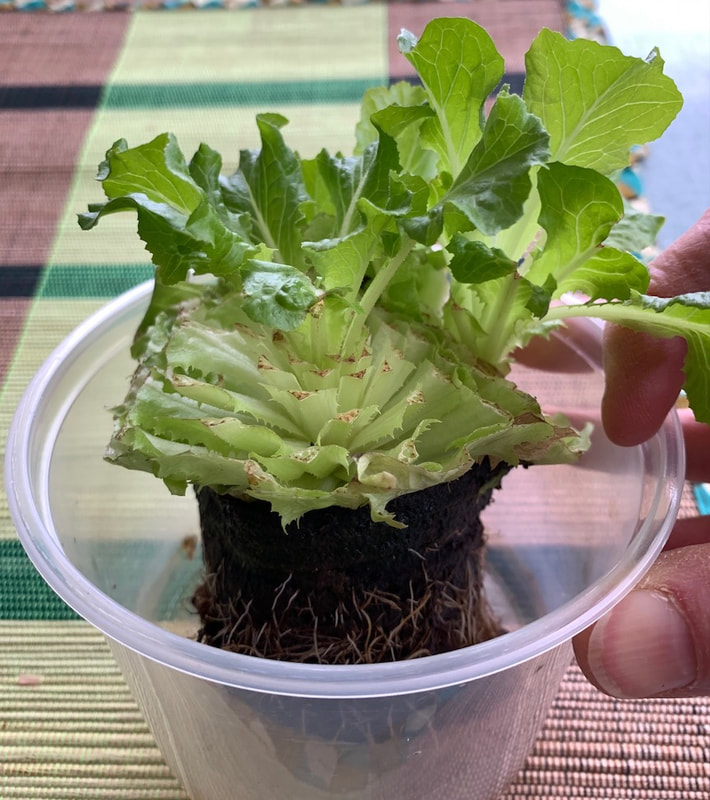
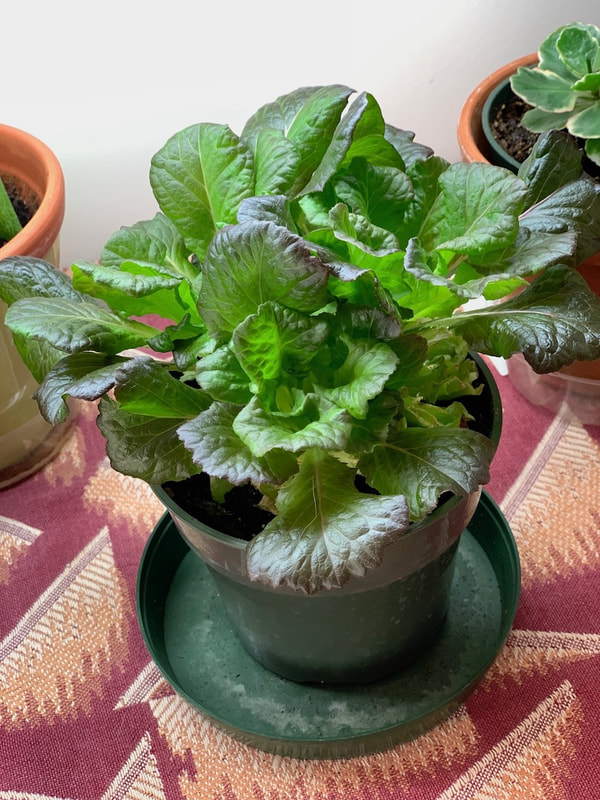
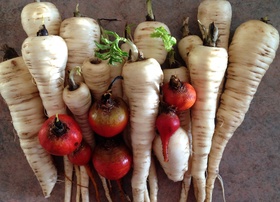
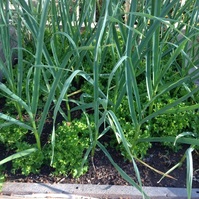
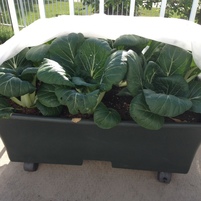
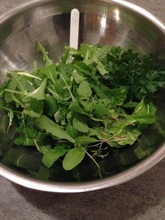
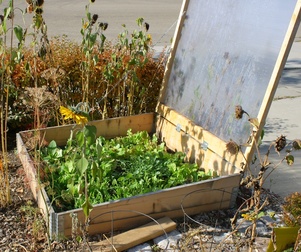
 RSS Feed
RSS Feed